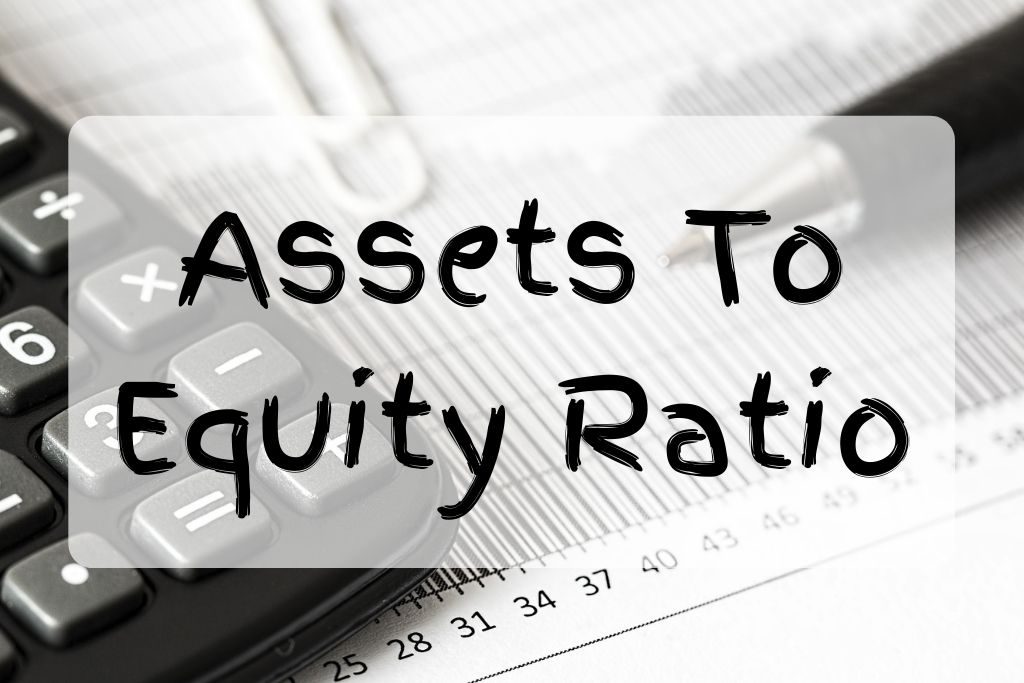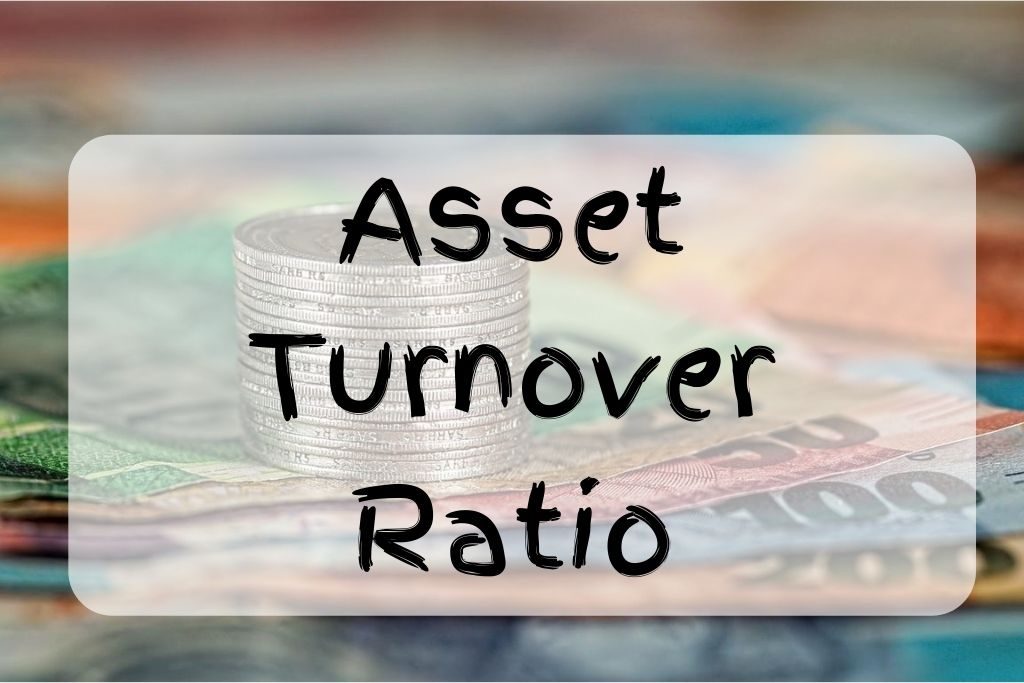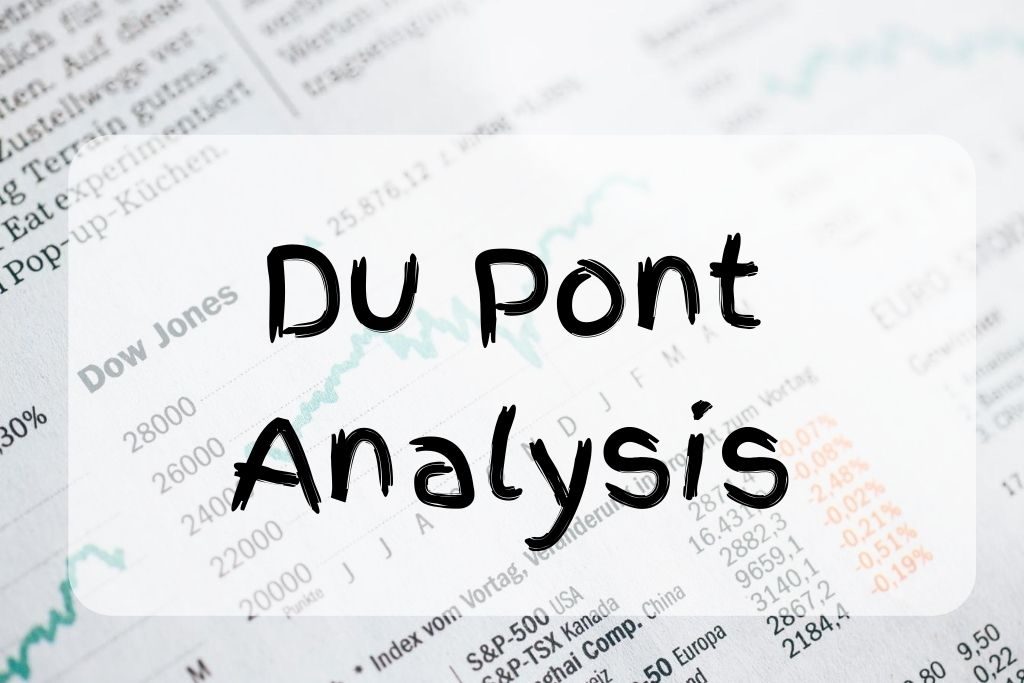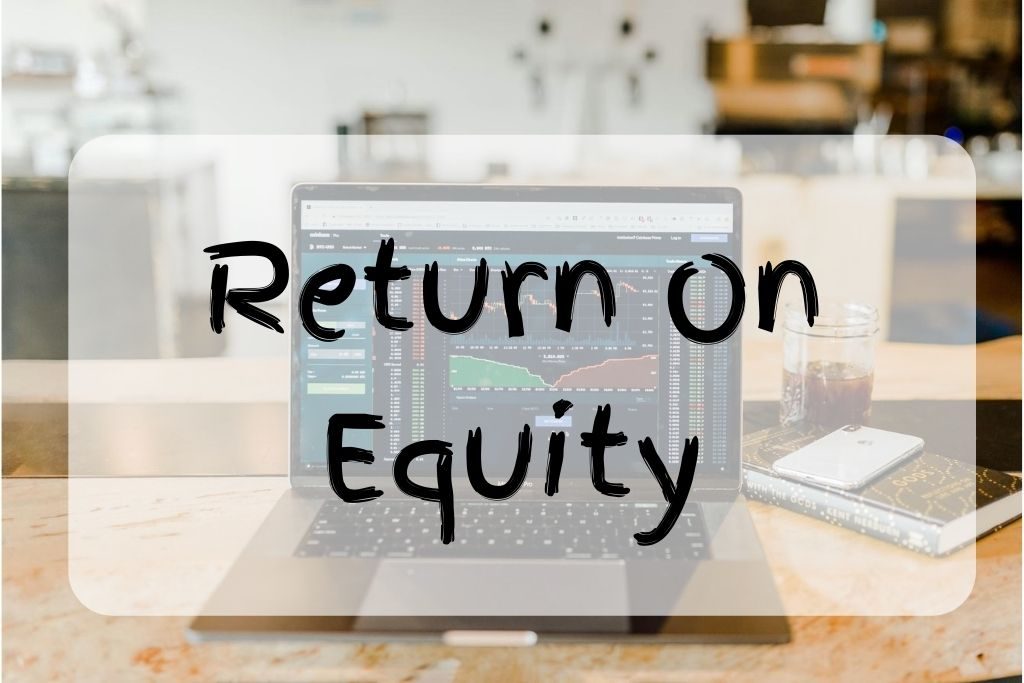Delhi’s finance ecosystem is buzzing with opportunities, but standing out in this competitive space requires more than just textbook knowledge. The Valuation Master Class Boot Camp has become the go-to program for Delhi-based professionals who want hands-on valuation experience, greater confidence, and career-changing transformation.
Read MoreWhat Is Growth Year Over Year?
The YoY growth looks at a company’s performance/profit year after year or period after period. It compares the performance/profit and looks at how well the company is doing.
Read MoreWhat Is Assets To Equity Ratio?
The assets to equity ratio allow you to understand to what extent a business is funded by equity or debt.
Read MoreWhat Is Return On Assets?
The return on assets focuses on how profitable a company is in relation to its total assets. The ratio is always presented in the form of a percentage.
Read MoreWhat Is Asset Turnover Ratio?
The asset turnover ratio is used to measure the efficiency of a company. It looks at how efficiently a company uses its assets to produce sales.
Read MoreWhat Is Net Profit Margin?
The net profit margin is a financial ratio that tells you how much profit a company makes compared to its revenue in the form of a percentage.
Read MoreWhat Is Du Pont Analysis?
The Du Pont analysis was created by the Du Pont corporation and is similar to the Return on Equity (ROE) but more accurate.
Read MoreWhat Is Return On Equity?
ROE is another method to measure the profitability of a company. The ROE divides the net income of a company with the shareholder’s equity.
Read MoreWhat Is Return On Invested Capital?
Return on invested capital is a method of calculation in which you measure the performance of a company in terms of profitability.
Read MoreWhat Is EBIT Return On Assets?
EBIT return on asset measures the firm’s earnings before interest and tax with respect to the firm’s total asset. The main focus on this ratio is the income and the total asset.
Read More









